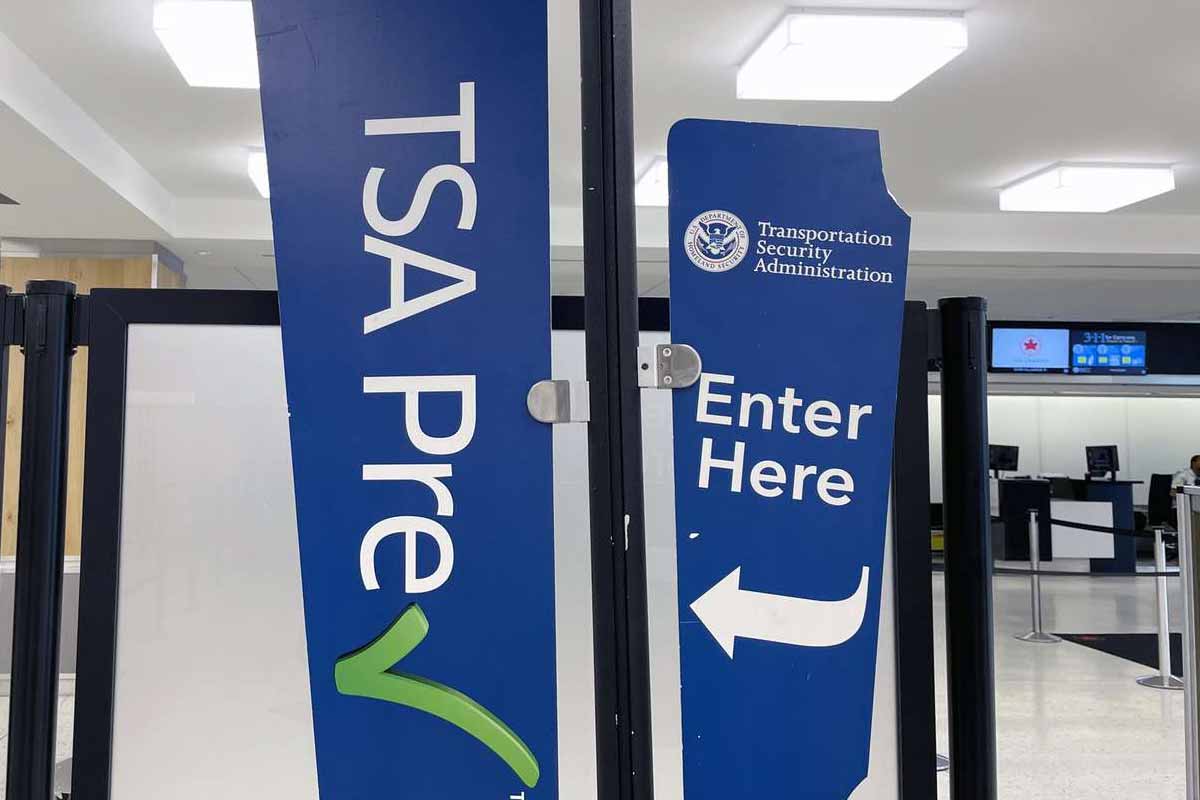A small gadget can cause a big problem at 35,000 feet. The TSA is reminding flyers that some electric toothbrushes belong in the cabin, not the cargo hold. Many models use lithium batteries, and when those batteries overheat, they can trigger thermal runaway. In the cabin, crew can act quickly; in the hold, response is harder. So keep your brush where people can reach it, and pack the rest with simple, safe habits.
Why electric toothbrushes raise flags in aircraft cabins
Lithium-ion cells power countless travel devices, including toothbrushes. When a cell fails, heat can spike fast and set nearby materials ablaze. That chain reaction is thermal runaway. It’s rare, yet serious. Cabin crews train for it, and they carry extinguishing tools that work on battery fires even when smoke spreads.
Incidents tied to rechargeable batteries are rising, which raises concern. U.S. data logged 89 events in 2024 involving heat, smoke, or fire. This year’s pace remains high. The trend explains why guidance keeps getting pushed to travelers in plain, direct language that’s easy to follow on busy travel days.
That’s why you will see new reminders before holidays and long weekends. A reminder may look simple, but it reflects a real risk. It’s also a helpful nudge to move battery items to your carry-on and leave spares out of checked bags—especially when you’re rushing to zip a suitcase.
What the TSA and FAA now expect from travelers
Rules draw a clear line: spare lithium batteries and power banks go only in carry-ons. Terminals must be protected so they cannot short. If gate agents check your cabin bag at the door, you must remove those spares and keep them with you. These steps reduce the chance of a hidden fire mid-flight.
Toothbrushes and other buzzing devices sit in a special category. They usually have installed batteries, not loose cells. They may be allowed in checked luggage, but that’s not ideal. Keep them in the cabin whenever possible so crews can respond quickly if something overheats or accidentally switches on during taxi or climb.
Recent reminders underscore the same point in everyday words. A social post and press coverage highlighted that battery-powered toothbrushes should ride up top with you. That prevents confusion at the counter and avoids frantic repacking at security. It also keeps you from losing a favorite brush before a long trip. TSA spelled it out to cut stress.
How to pack smart: simple steps that lower fire risk
Start with access. Place battery devices, including your brush, in an outside pocket of your carry-on. Use a travel cap or case that stops the power button from pressing by mistake. Turn the device fully off. A tiny switch can slip, so take two seconds before boarding to double-check.
Add simple protection. If your brush uses removable cells, carry the spares in original packaging or a small plastic case. Tape over exposed metal if needed. Avoid metal items that can bridge terminals. Small habits like these stop shorts and keep heat from building where crew can’t see.
Think about the rest of your kit. Keep power banks, phone charging cases, and other spares with you, never in checked bags. If a flight attendant announces a device is overheating nearby, follow directions fast and clear space. Crews have training and tools for that moment; your calm helps them act. TSA guidance and FAA rules work together here.
Where the TSA draws the line on batteries and buzzers
An electric toothbrush with an installed battery can travel in checked baggage only if it’s completely switched off and protected from damage or activation. That said, officials strongly prefer the cabin for anything lithium-powered, since time and access matter most when heat builds. The cabin rule of thumb keeps everyone safer.
Some items are stricter. Spare lithium cells and power banks never go in the hold. Butane-powered grooming tools face their own limits, and gas cartridges are tightly restricted. When in doubt, check the “What Can I Bring?” list before you zip up. It’s fast, searchable, and updated as policies evolve.
The data supports this caution. Regulators just urged airlines to refresh training and procedures after a spate of battery incidents. Better communication keeps small mistakes from becoming diversions or injuries. This is why pre-trip reminders land in your feed: they work, and they keep flights moving.
Questions you keep asking, answered with real-world clarity
“Can I check my brush?” Usually yes, if the battery is installed and the device is fully off, but carry-on is safer and preferred. That single choice helps crews handle a problem quickly without digging through a cargo bin mid-flight. It’s a small change with a big safety gain.
“What about spares?” Spares are different. Uninstalled lithium cells live in your carry-on only. Cover the terminals and keep them from moving around. If you must gate-check your bag, pull spares and power banks out before handing it over. That detail protects you, your seatmates, and the crew.
“Is this really urgent?” The trend says yes. Battery events rose last year and continue this year. Each involves smoke, heat, or worse, and crews take them seriously. Your choices reduce risk. Pack with intention, place battery gear in reach, and follow crew instructions if something overheats. TSA reminders aim to make that easy.
A safer flight begins with tiny choices inside your bag
Small steps add up fast. Keep your electric toothbrush and other battery-powered essentials with you. Store spares safely. Read the pack lists before you leave. That way, you move through security with less stress, and crews can act quickly if a device fails. In short, simple packing helps everyone, TSA included.
